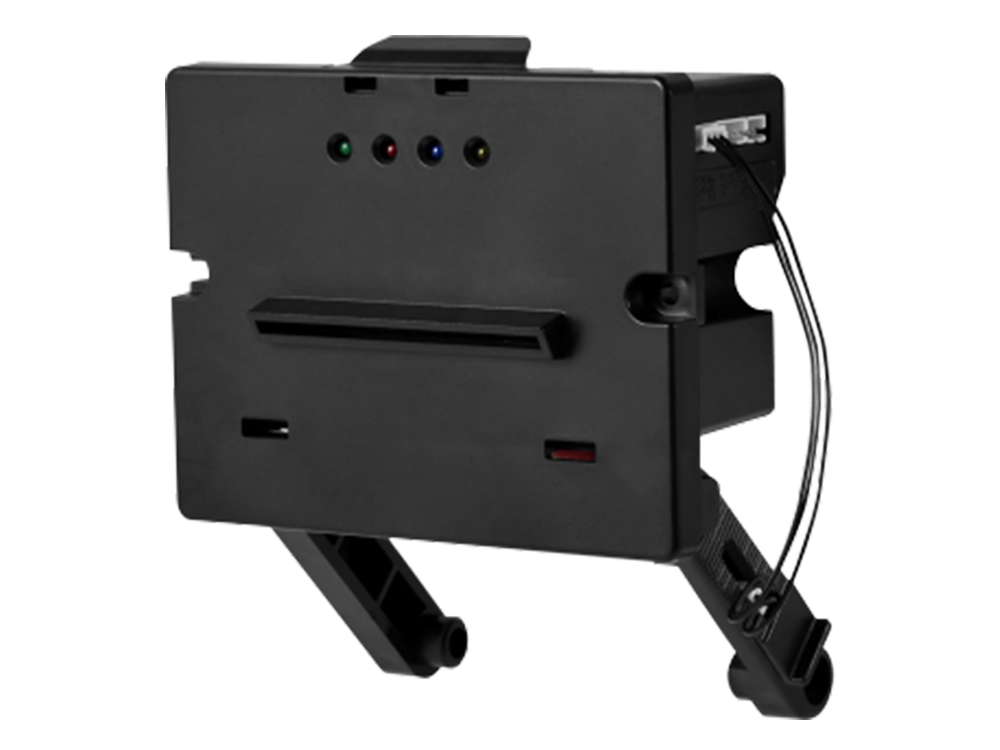Time:2025.07.28Browse:1

Glass screen printing and glass UV flatbed printing are two distinct techniques used to apply designs onto glass surfaces, each with unique processes, advantages, and limitations.
Glass screen printing relies on a stencil (screen) to transfer ink onto the glass. The screen, typically made of mesh fabric, has areas blocked by a photosensitive emulsion, leaving only the design’s outline open. Ink is spread across the screen using a squeegee, which forces the ink through the mesh onto the glass surface. After printing, the ink requires curing, often through heat or air-drying, depending on the ink type. This method excels at producing bold, opaque designs with high color density, making it ideal for decorative glass, signage, or industrial glass panels. It is cost-effective for large-volume production but struggles with intricate details, gradients, or multi-color designs, as each color requires a separate screen, increasing setup time and costs.
In contrast, glass UV flatbed printing uses a digital printer equipped with UV-curable inks. The glass is placed on a flatbed, and the printer deposits ink directly onto the surface in precise layers. A UV lamp immediately cures the ink as it is applied, causing it to dry instantly through photopolymerization. This process supports high-resolution designs (up to 2880 dpi), intricate patterns, gradients, and even 3D textures, making it suitable for custom art, personalized glassware, or complex decorative applications. UV flatbed printing eliminates the need for screens, reducing setup time and enabling quick design changes, which is ideal for small batches or prototyping. However, it is generally slower than screen printing for large volumes and may have higher per-unit costs for simple designs. Additionally, UV inks offer excellent adhesion to glass and resistance to fading, chemicals, and weather, making them durable for both indoor and outdoor use.
While screen printing remains dominant for large-scale, simple designs, UV flatbed printing provides greater flexibility and detail, catering to the growing demand for customization in glass decoration.
Read recommendations: